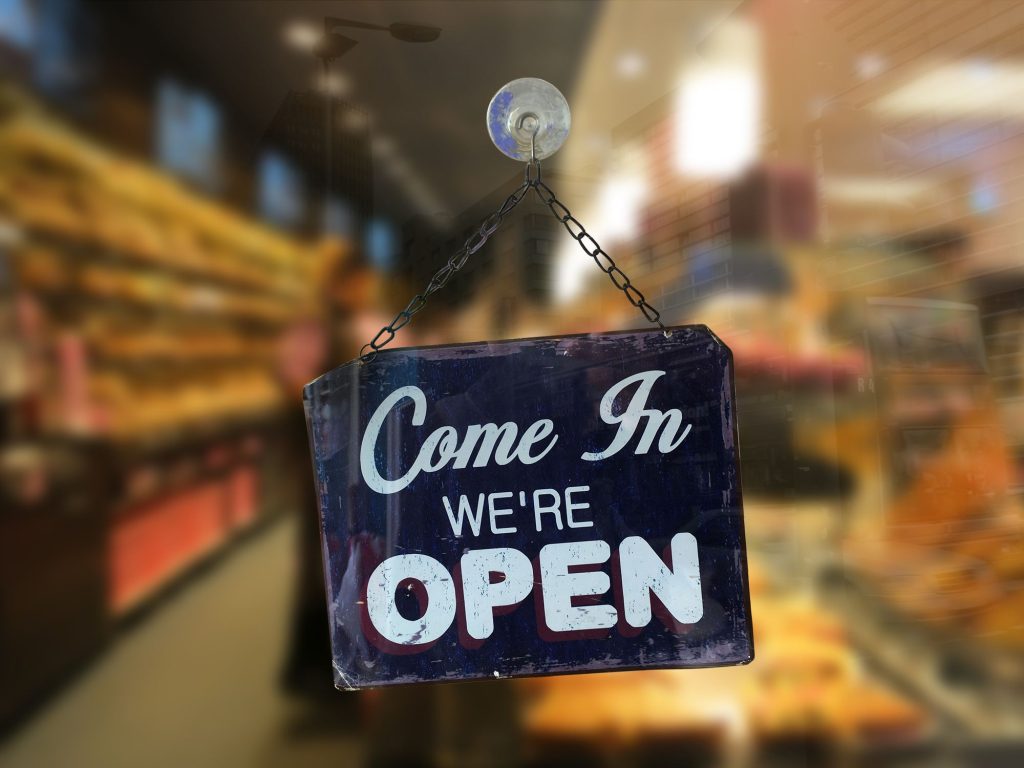Representing about one-fifth of the overall grocery market, convenience is an important part of the food and drink sector – particularly in Scotland, where there is one convenience store for every 1,100 people (versus every 1,450 people in the wider UK), according to IGD.
That’s why we commissioned research into the state of the sector and, last month, held a webinar to expand on the findings with an expert panel including Patrick Mitchell-Fox from IGD, Jamie Buchanan from The Scottish Grocers’ Federation and Graham Watson, owner of Watsons Grocers in Moniaive.
The state of the sector
The good news is, research from IGD shows that convenience is one of only three channels expected to grow in market share by 2027, along with discount and online – both of which are to be expected, given the state of the economy and the increase in online shopping since the Covid pandemic.
In fact, it’s likely that convenience will do even better than expected over the next few months. Sunny weather tends to drive sales as more people are out and about, picking up snacks and drinks while on the go, and 2023 so far has been a great year weather wise.
But it’s worth noting that a significant part of convenience store purchases is driven by a lack of other options. There are countless rural communities throughout Scotland that depend on a single shop.
Consumers’ perspectives
Even though many convenience store shoppers are pushed into shopping there because they have no other option (88% of convenience store shoppers go there because of the location) it is still important to ensure consumers are having a positive experience to avoid them turning to online shopping or other outlets.
Some startling facts came out of the research to drive home this need, including that just 9% of shoppers say it’s enjoyable to go to a convenience store and only 22% say convenience stores have good quality products or a good selection on the shelves.
To some extent, this makes sense. Space constraints and low profit margins mean convenience store owners are less likely to take risks; they stick with the products they already know will sell – ideally shelf-stable ones, to reduce waste.
For many, those are alcohol and tobacco-related products, which together represent over a third (38%) of convenience store purchases – whereas in multiple grocery, these products account for c.25% of sales. Soft drinks, confectionary, and bagged savoury snacks also do better in the convenience sector than in the wider grocery market which is driven by the quick access shoppers have to these products, the popularity of them being consumed ‘on the go’ and their location in neighbourhoods.
Thinking out-of-the-convenience-box
But some convenience stores are looking at out-of-the-box options to encourage shoppers to choose convenience stores, rather than view them as a necessity due to no other choice. A large part of this involves shaking up what’s on the shelves.
Graham Watson, who has owned a convenience store in Scotland for 22 years, was able to share an interesting perspective at our webinar. His shop is the only grocery option for buyers within a 90-minute roundtrip – but he wanted to ensure it was an enjoyable experience for them, even though shoppers would likely go there, anyway.
He tailored his offering, providing delivery to local people who are unable to visit the store.
Graham also began working with a local family-owned company that makes ready meals, bringing a freezer into the store to hold them. Food-to-go – e.g. a quick and easy dinner solution for that night – is a growing market in convenience, as identified by Jamie Buchanan at the webinar.
By freezing the ready meals, Graham lowered the risk of food waste and – as a bonus – tapped into Scottish provenance and the idea of going local.
We also heard about the Bird’s Eye partnership with McCain to create a bundle of chicken strips, chips, and vegetables – it’s a partnership between traditionally rival companies to create a tailored meal solution for convenience shoppers.
Going local
We already know from previous research that highlighting Scottish provenance of products in-store has several benefits. Using local suppliers supports the local economy, reduces food miles, and helps guarantee fresher products. It also ensures a more resilient supply chain that’s less affected by events in other countries – consider the trickle-down effect on everything from packaging and fuel to consumer-ready goods driven by global events such as the war in Ukraine.
But a primary reason for offering local products is, simply, because it’s what shoppers want: according to our Provenance research, the majority of shoppers in Scotland (66%) want to spend more money on food and drink produced in Scotland and they look to packaging and POS signage to help them identify these products.
Jamie further expanded on this at the webinar, reminding us of the Go Local grant which supports convenience stores in promoting locally sourced Scottish products in their shops. The programme has helped change attitudes towards what can be bought in convenience shops while also financially benefiting store owners.
More insights on the convenience sector are available on The Knowledge Bank’s website here.


